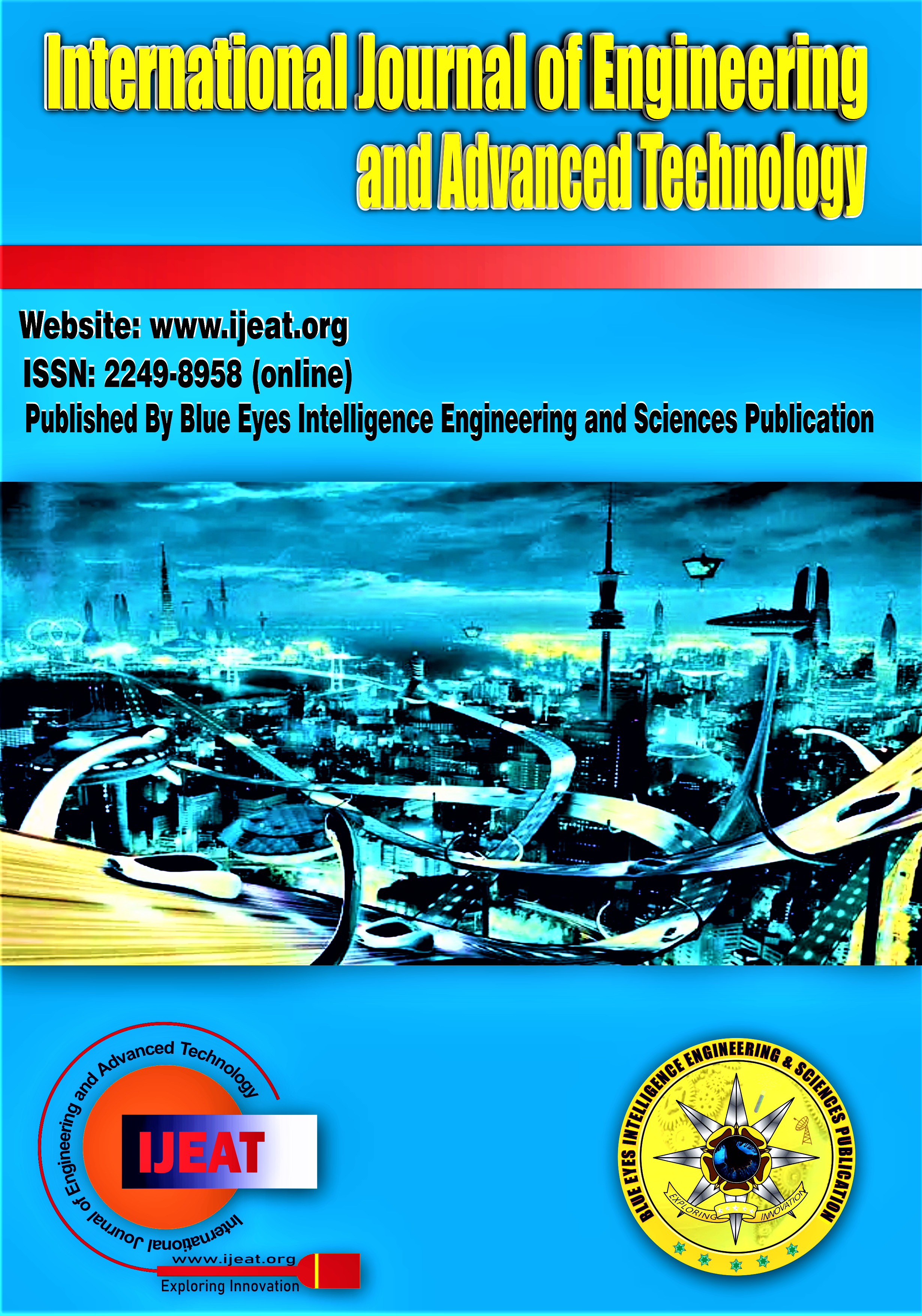Impact of Heavy Metal Contamination on Soil and Cultivated Vegetation with Mitigative Measures Using Nanotechnology: A Case Study
Main Article Content
Abstract
Any country's freshwater ecosystems would be incomplete without its lakes. A freshwater lake might have numerous advantages in an urban setting, provided pollution is avoided. Due to thermal cooling, reaction centres, and other factors, urban lakes are utilised more frequently—& distressing sites in the highly pressured urban environment. In addition to providing food for the local inhabitants, lakes recharge groundwater, raise the water table, sustain a diversity of aquatic plants and animals, and avoid flooding. Through irrigation with sewage-led lake water, this investigation seeks to ascertain the level of heavy metal pollution in agricultural soil and plants in the land near Byramangala reservoir, its watershed, and adjacent command areas located in semi-urban areas—the location of the Vrishabhavathi River. Atomic absorption spectrophotometry has been performed to analyse water, soil, and crop plant samples for heavy metals, specifically Fe, Mn, Cu, Zn, Cd, and Pb. According to the study, irrigation utilising sewage-contaminated water that contains varying concentrations of heavy metals causes the concentration of metals in both the soil and vegetation to rise. The reservoir's surface water contained concentrations of heavy metals, including zinc, cadmium, lead, iron, and copper. Heavy metal traces were discovered in soil and various vegetation sections that received irrigation water from reservoirs. Iron, zinc, and cadmium have a higher transfer factor from soil to vegetation in fodder and radish. By using microbes to synthesise nanoparticles with varying chemical compositions, sizes, shapes, and controlled molecular dispersities both intracellularly and extracellularly, the heavy metals found within the soil are efficiently immobilised. This constitutes a financially feasible but environmentally responsible approach. Additionally, the concentration of Pb and Cd pollutants can be immobilised by applying nano-hydroxyapatite (nha) chemical, one of the nano fertilisers smaller than 20 nm. Additionally, immobilising agents, including nano-scale zerovalent iron, bentonite-Nzvi, nanoalumina, and nanocarbon dendrimers, can be employed. All nano-immobilising agents demonstrated considerable efficacy in lowering the amount of DTPA extractable-Cd and Pb.
Downloads
Article Details
Section

This work is licensed under a Creative Commons Attribution-NonCommercial-NoDerivatives 4.0 International License.
How to Cite
References
Chnadrashekar. H (2015) GIS –Based Morphometric Analysis of Two Reservoir Catchments of Arkavati River, Ramanagaram District, Karnataka DOI: https://doi.org/10.1016/j.aqpro.2015.02.175
Groundwater quality around Mysore, Karnataka, India International Journal of Environmental Studies 60(1):87-98 DOI: https://doi.org/10.1080/00207230304747
Wajid Umara. (2006), Sustainable nanotechnology for environmental remediation. Chapter 10, Use of nanotechnology for wastewater treatment: potential applications, advantages, and limitations A report P224-271. DOI: https://doi.org/10.1016/B978-0-12-824547-7.00002-3





